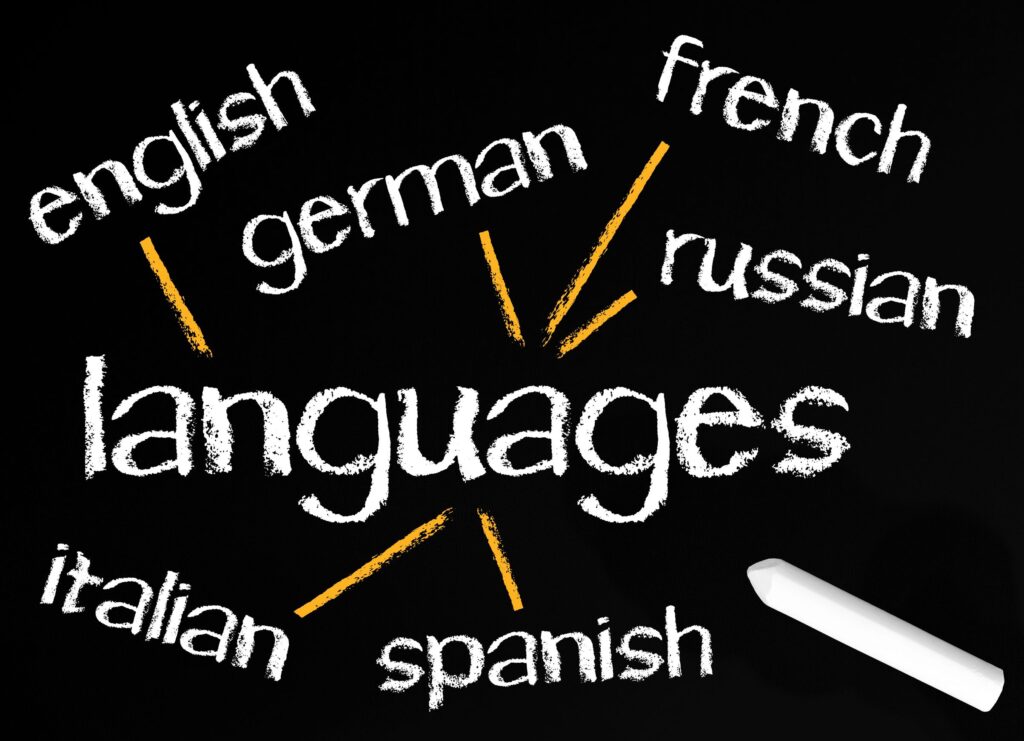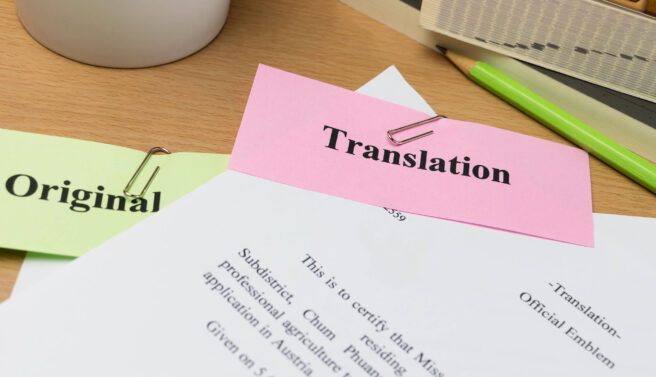Translators are highly trained individuals who take on the intricate and complex task of translating written texts from one language to another. Apart from their skills, they use trusted resources, such as online translation tools, terminology lists, dictionaries, and reference books, including online research. They are meticulous in their work to ensure that they can deliver high quality and accurate translations.
Online translation tools
Translation work covers many topics, and almost all of them require contextual knowledge and extensive research. Today’s translators are lucky because several resources, software, and tools to help improve and hasten their work are available. These tools, most of which are available online, help translators produce quality work consistently and efficiently.
To give you an idea, here are some of them.
- Linguee. It allows users to double-check a phrase or word’s meaning. With a database of about 1,000,000,000 translations, the translator can back-check individual words and expressions. Aside from being a multilingual dictionary, translators can also search based on context.
- Microsoft Language Portal. For technology and IT-related translations, this portal from Microsoft allows users to search terminology by sector. Translators can also download the user interface for ease of use. Style guides in different languages are also available, as well as sector-related definitions.
- The Free Dictionary .–The site offers a multilingual encyclopedia, thesaurus, and dictionary. It’s another favorite of translators for their legal, financial, and medical dictionaries. The online dictionary has an extensive collection of quotes, acronyms, and idioms. The Free Dictionary is available in 40 languages. The dictionary, which has mobile device versions for Android and iOS, is updated regularly.
- ProZ. This is a portal for the largest translation network in the world. It is used by professional translators who want to collaborate on translation projects, dictionaries, and training. ProZ requires membership so freelance translators can find direct clients and outsourcers. They can avail of translation tool discounts, participate in forum discussions, and receive valuable freelancing tips and industry insights.
- Memsource. This is a cloud-based translation setting that allows translators to manage their projects. Some of its features include translation memory, terminology management, and editing to improve their productivity and efficiency.
- Zanata. This is useful for localization. The system is web-based, in which developers, content creators, and translators can oversee their localization projects. The system handles the translation workflow, allowing the translators to concentrate on their primary task instead of worrying about formats and tools. It has an expansive translation memory, which it uses to suggest the best translation matches. The user does not need to install its Editor, which can handle multiple collaborators, with a real-time communication feature.
- Translators Café. Freelance translators benefit from the advice, guides, and tips from experienced translators, and they can get that by registering at Translators Café, an online forum, and community for amateur and professional translators. Registration is free, and members can bid and get jobs through the portal. The community does not charge any commission from the translators who find jobs through the site.
- SmartCAT. This is a collaborative computer-assisted translation (CAT) tool. The tool organizes the translation process so that the translator, editor, and other people involved in the project can collaborate and work in real-time, using the cloud. The software supports multiple language translation memories and allows the creation of glossaries. SmartCAT is an excellent tool for translators handling projects in different language pairs.
- Magic Search. This is another online tool that helps translators quickly search for terminology in different language pairs using various sources and several dictionaries, such as EUdict, IETA, TAUS, and Word Reference.
- Website Word Count. This is a free online tool. Translators use this to calculate new words and repetitions on websites built using WordPress. The tool benefits translators who handle localization. The developer is working on making the tool work on other website platforms.
Translation tools’ accuracy and reliability
If you are talking about the translation tools used by professional translators, you can be sure that they are reliable and accurate. However, if you are talking about the online translation tools which rely on automated machine translation, opinions vary.
For the most part, providers of online translations, such as BaiduTranslate, Microsoft Translator, and Google Translate, rely on their databases, whose information is gathered from different sources.
The providers use machine learning, so the more the user uses the system, the more they learn. Do not expect the quality to be high, and you should not use it for client-facing translations or professional translation work. Moreover, the accuracy also depends on the subject matter and language pair.
If you need translation services, make sure you get accurate and high-quality translations from professional translators or professional language services providers.
What to look for when choosing the right translation tools
Investing in translation tools today is no longer optional. Translation companies must invest in the right translation tools to improve their processes and highlight their professionalism and success.
- When purchasing translation tools, it is vital to consider how the tool will affect your organization and the people who will be using it. The tool should be able to improve the productivity and efficiency of the translators and the output they produce.
- Consider how the tool can contribute to all your translation services and your clients. You should not buy a tool for a particular project.
- Ensure that the tool you buy can create a translation memory and that it is something that you can use alone, not a cloud-based tool that can be shared by many. Remember that you have to maintain client privacy and project security.
- Review and compare the features of the software, app, or program. You should not be limited to one vendor alone. Make sure that the tool you will eventually get fits your current and projected needs.
- Review your translation process and see if there are bottlenecks to which a specific translation tool can provide a solution. Find a vendor whose translation tools are flexible and scalable so that you can fit the tool to your immediate requirements.
- Ensure that the tools are inter-compatible, so you do not have to replace your older CAT tools.
- Aside from investing in a top-of-the-line CAT tool, make sure that it is the latest version or inquire when the latest update will come out.
Machine translation versus human translation
While machines continue to evolve and learn with the help of new technologies such as artificial intelligence, it is still too early to say that machine translation can surpass human translation.
- Although there is a significant degree of accuracy from some of the more prominent machine translators, machines cannot replicate human translators’ inherent and salient skills. Machine translators may be able to work faster, but the accuracy is still questionable for obvious reasons.
- Machines are unable to understand cultural differences. Human translators have cultural sensitivities. Lexical terms are often unique to a particular culture, which is something that machines cannot comprehend. Machines cannot recognize idioms, certain names, and slang words. They cannot understand accents, which native speakers fully comprehend.
- Machines do not understand the nuances of the language or can find a suitable equivalent to specific words and phrases.
- Humans translate according to context, which is something that machines lack. Machines perform literal translations because they cannot differentiate which equivalent word to use for words with several meanings.
- Human translators are well versed in dialects, which may have slight variations from the standard version of a language. For example, Spanish spoken in Europe is different from the Spanish spoken in Mexico or even in various parts of South America and even the Spanish peninsula.
- Machines are not capable of duplicating the tone and style that the original author injected into the text. Since machines do literal translations, the author’s emotions, feelings, and tone will be lost in machine translation. Even the original meaning of the message may not be delivered as intended because of machine translation’s mechanical approach.
These are just some of the reasons why machine translation is still not a viable replacement for professional human translation.
We provide accurate translations by human translators
We guarantee the quality and accuracy of our translations here at eTranslation Services. We handle all types of translation, localization, and other language services, using only native speakers. Working with more than 200 languages, we are sure that we can handle your translation requests for most language combinations. Please do not hesitate to get in touch with us through email at [email protected] or call us at (800) 882-6058.



